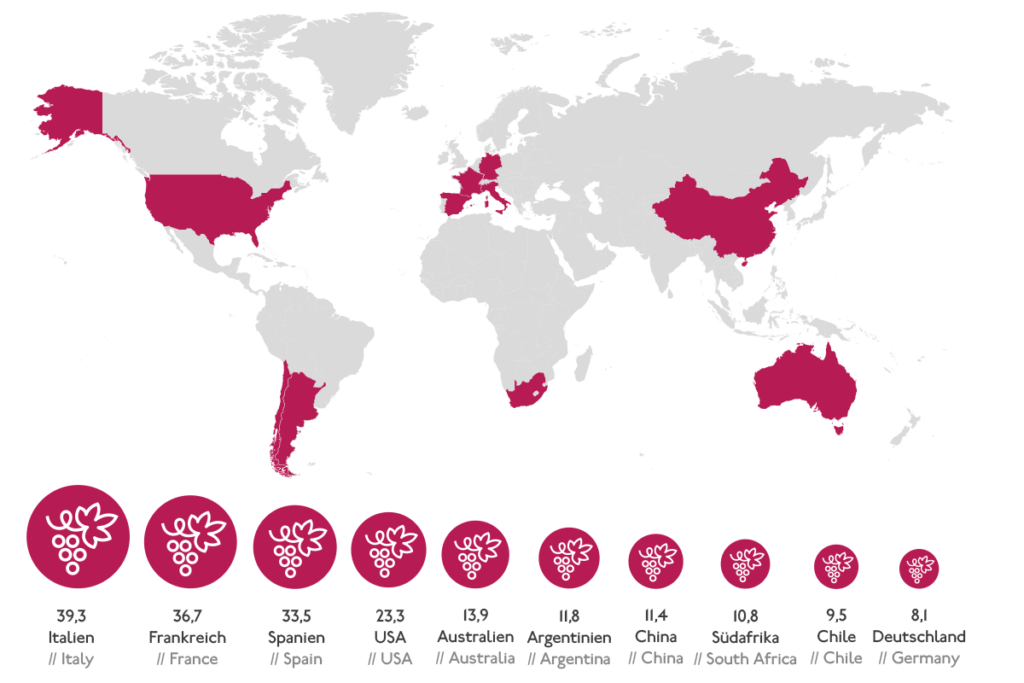Red, white, or even mixed? Winemaker and expert Ulrich Allendorf from the winery Allendorf im Rheingau tells us what the trends are this summer and answers some common questions about wine.
F
or a long time, it was ridiculed. But, in recent years, rosé wine has established itself and has become extremely popular. “The demand continues to grow,” says vintner Allendorf. Even rosé skeptics are becoming fans – because as the wine’s popularity increases, the varieties broaden as well. “Our Assmannshäuser Spätburgunder Rosé 2018 is very masculine and less fruity than usual – certainly something a non-rosé drinker might enjoy,” says Allendorf. For those who like white, light wines, white cuvées are an excellent choice this summer. A combination of different grapes makes the cuvées less acidic; the taste is fruitier and more aromatic.
Wine cocktails
Wine in mixed drinks is summery and trendy. Allendorf raves, “Gin with white wine instead of tonic water and a good soda is my absolute favorite. The wine accentuates the sweetness and fruity botanicals in the gin.” Unconventional ideas like these are what make wine fascinating for Ulrich Allendorf. “Wine is always about enjoyment and new taste experiences. With a good wine, enjoyed slowly, you not only create an experience for the palate but also memories.”
ALL ABOUT WINE
frequently asked questions
Are ice cubes allowed in wine?
This is fine on warm summer days. It would be much worse to drink wine too warm.
Red wine with fish?
Not a taboo, especially with grilled dishes and strong flavors. It’s always a matter of how well the different taste nuances in a dish harmonize on the whole.
What temperature should wine have?
White wines should be served at a temperature of 4 to 6°C so that the drinking temperature in the glass will be 8 to 10°C. Red wine should be enjoyed at a temperature of 14 to 16°C. The advice to serve it at room temperature is from a time when rooms were far cooler than they are today.
Is red wine healthy?
Red wine has high levels of polyphenols which have a beneficial effect on the cardiovascular system and combat cell aging. What’s important is to enjoy wine in moderation. The recommended daily amount is 0.15l for women and 0.25l for men.
Does red wine need to breathe?
After opening, you should let the wine breathe for 15 to 30 minutes. The oxygen makes the wine leaner and softer.
How long does an open bottle of wine last?
If the bottle is closed and stored in the fridge, a wine will usually last for three to four days. However, it changes its taste, scent and color every day.
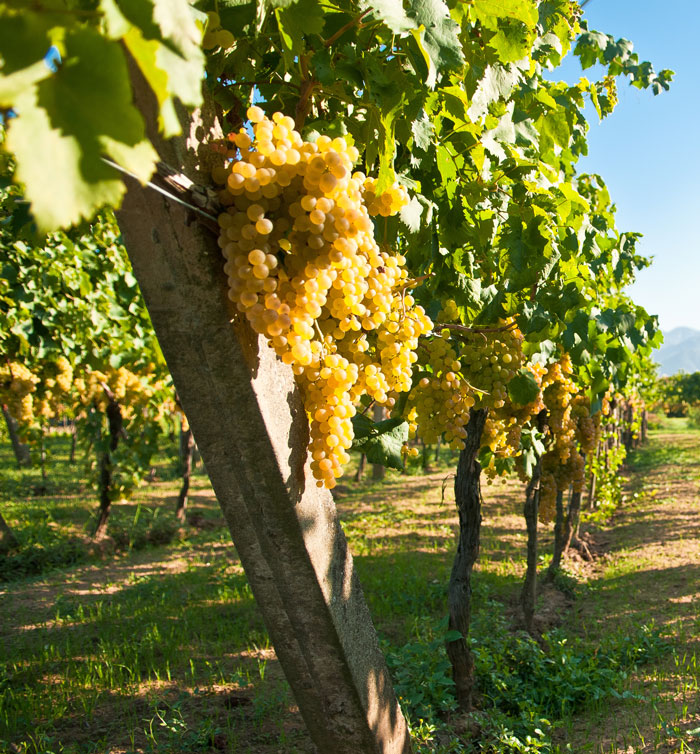 Will climate change also mean a change in our wine?
Will climate change also mean a change in our wine?
A part from location and region, climate is one of the most important factors for growing wine and for its quality. Dry, warm and sunny is best for red wine while white wine also does well with milder, rainier weather. Climatologists believe that temperatures will rise 1.5 °C in the Mediterranean region and 4 °C in Northern Europe over the next century. Over the past forty years, flowering, maturity and harvest times have become increasingly earlier. The rise in temperatures is especially a problem for Southern European regions. As drought and high temperatures directly affect grape quality, the quality and taste of the wine may strongly change. Northern regions, on the other hand, might significantly benefit as their cultivation conditions will improve. Traditionally a white wine country, Germany may well be producing more red wine, particularly in its southern regions, while European white wine production may shift to Southern England and Scandinavia. A future wine list may offer: Tempranillo from German Rheingau and Riesling from Småland in Sweden.
More about the hotels:
Romantik Restaurant Brogsitter’s Sanct Peter, Bad Neuenahr (DE)
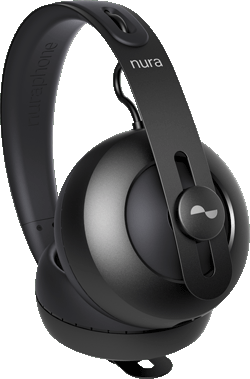
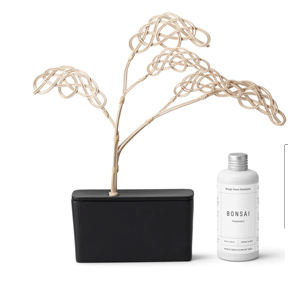
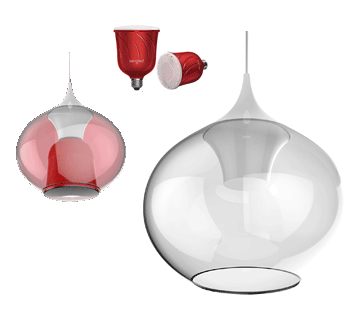
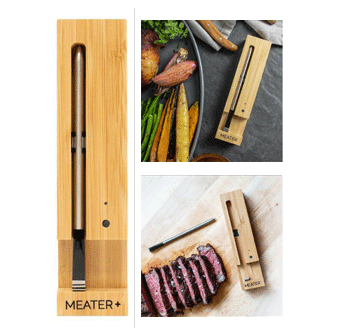

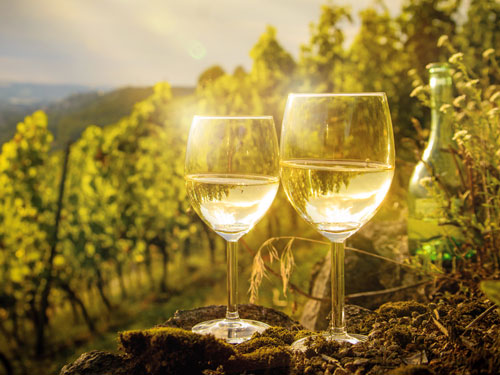 Flanders (Belgium)
Flanders (Belgium)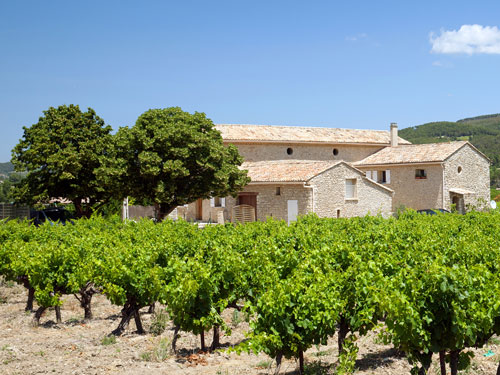 Côte d’Azur (France)
Côte d’Azur (France)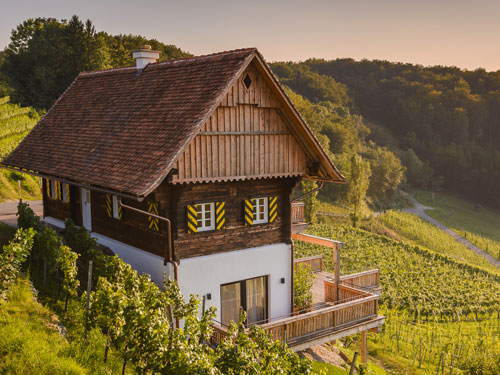 Rust and Apetlon (Austria)
Rust and Apetlon (Austria) Limburg (Holland)
Limburg (Holland)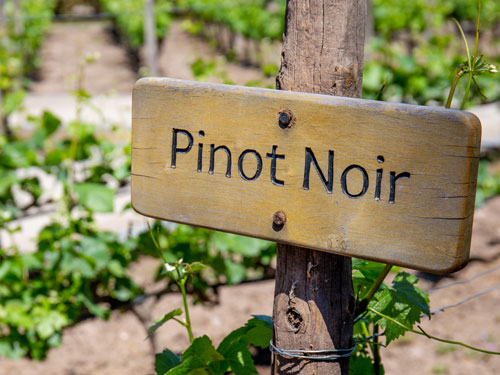 Kent und Sussex (Great Britian)
Kent und Sussex (Great Britian)